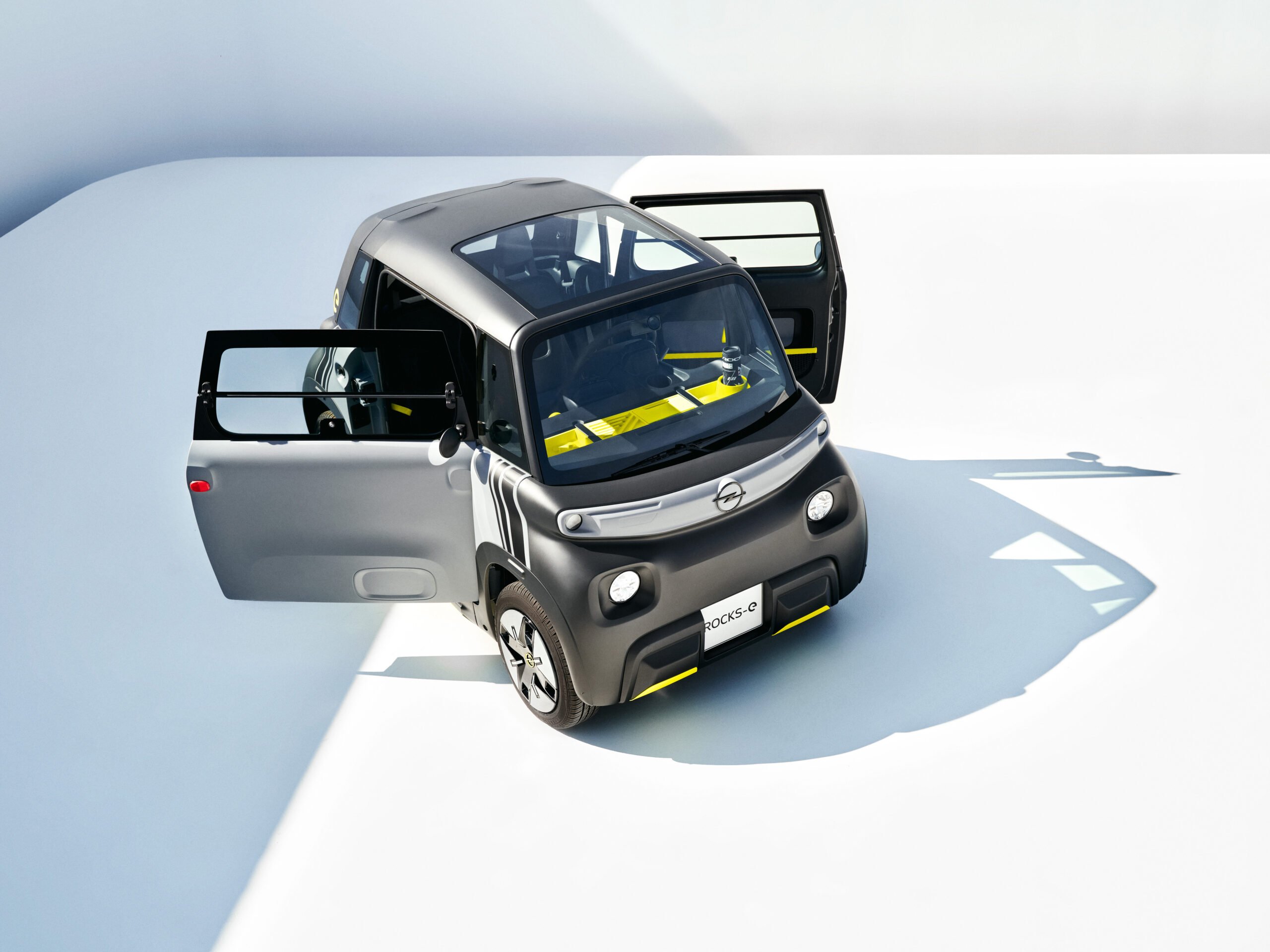
Sales of electric cars are booming (worldwide, at least somewhat). In 2021, the German market became the absolute top market in Europe for battery-powered vehicles. At around 356,000 units, they sold 83 percent more electric cars last year than in 2020.
German OEMs also now have more models to choose from. Speaking of choice – those who have a lot of money set aside and want an SUV are fine. More conservative individuals who actually want a sedan have no choice but to go for exorbitantly expensive models from Mercedes, Porsche or Audi.
It is true that BMW has just introduced the i4, which is roughly comparable to the Tesla Model 3. But that’s where the similarities to the Californians end; the price of the Munich car is of course premium. All German models have one thing in common: product and workmanship quality are terrific, prices are hefty, and energy efficiency is less impressive.
Despite the semiconductor crisis, the German OEMs are (still) in the clear. They had focused on large, expensive vehicles, which meant that profits in 2021 were gushing. Although fewer cars were produced, these relatively fewer vehicles had all the larger profit margins.
The end of small, affordable cars
This was felt most by buyers of smaller cars. They were far harder to come by, and if they were, it was of course without the usual discount. The used car market has been swept clean, and prices there have also reached unimagined heights. In the meantime, the first manufacturers such as Audi have already declared that they will focus even more on the premium segment in the future. Already, the Audi A1 and Q2 are not being replaced.
Volkswagen has also become unfaithful to its name – the car of the people. The Wolfsburg company’s electric vehicles are all priced in leagues previously reserved for the luxury class not so long ago. There are some exceptions, such as the e-UP!.
But it is also a fact that the affordable electric small car is still left to European OEMs such as Stellantis (PAS, FCA and Opel/Vauxhall) or Renault. In January, the electric Fiat 500 was the top-selling electric car in Germany.
China benefits from the advantage
Chinese automakers are increasingly benefiting from the “reorientation” of German OEMs. By 2021, nearly one in two electric vehicles was already being manufactured in China, according to the latest study by automotive specialist JATO Dynamics.
No wonder, since Volvo, Polestar and BMW, to name just a few, manufacture a large proportion of their vehicles in the Middle Kingdom. Tesla’s Shanghai factory is also responsible for almost half of all the manufacturer’s vehicles worldwide. And the Model 3 and Model Y lead global electric car sales in their segment anyway.
Advantages in semiconductor sourcing
Of course, Chinese OEMs also hold the trump card in semiconductor sourcing. After all, most chip factories are located either there or elsewhere in Asia – not to mention battery manufacturers. In the future, this will become an even more acute issue for German and American OEMs, because the purchasing power of car manufacturers is relatively low compared to other industries. The relocation of the chip industry to the Far East is now coming back to haunt Europe.
2022 will be the year of the China offensive
Chinese startups and OEMs are pushing into the international and German markets. Companies like NIO, XPENG and BYD can all pass German manufacturers on the right thanks to favorable manufacturing conditions and battery and chip supplies. Illustrious brands like ZEEKR (Geely) or MG (SAIC) are pushing into European growth markets with modern designs created in Western studios.
Industry insiders are already seeing a weakness among German OEMs. The market shares of German manufacturers in the field of electromobility already fell in 2021 compared to the previous year.
Chinese companies have high growth rates
In fact, the growth rates for electric-powered passenger cars (BEV, HEV and PHEV) among Chinese manufacturers have been breathtaking in some cases. BYD +225 percent, SAIC +125 percent, Geely +215 percent. By comparison, the growth rates of the BMW Group (+66 percent), Daimler (+53 percent) and VW Group (+80 percent) are quite modest.
Small Chinese start-ups and OEMs came out way ahead: JAC Motors (+609 percent), Leap Motor (+319 percent), XPENG (+264 percent).
The top 10 electric car sellers in 2021 were also in U.S. and Chinese hands. Of the approximately 1.9 million vehicles in this top group, Tesla accounted for about 911,000 and Chinese manufacturers 727,000 units. VW and Renault share the rest.
2022 will not be an easy year for the German premium manufacturers.
Photo: Opel’s e-Rocks small car costs less than €8,000, is emission-free and has room for two people. (c) Stellantis
Read Bern Maier-Leppla’s other column here.
About this column:
In a weekly column, alternately written by Bert Overlack, Eveline van Zeeland, Eugène Franken, Helen Kardan, Katleen Gabriels, Carina Weijma, Bernd Maier-Leppla and Colinda de Beer, Innovation Origins tries to find out what the future will look like. These columnists, sometimes supplemented by guest bloggers, are all working in their own way to find solutions to the problems of our time.

